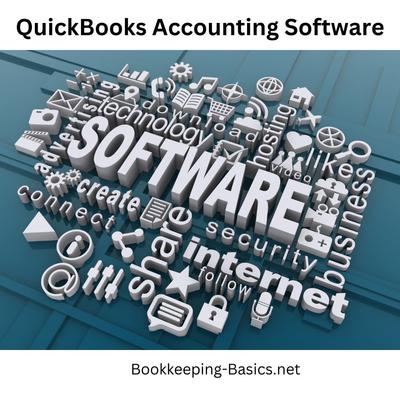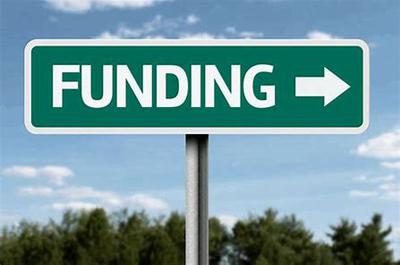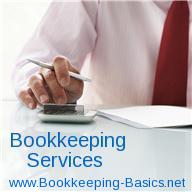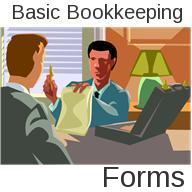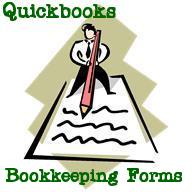- Home
- Questions and Answers
- Off Budget Items
Setting Up a Cash Advance from Your Credit Card
by Dee
(Princeton, WV 24740)
I am using QuickBooks Pro-10 for my accounting. Due to a missed deposit in our checking account, the bank provided the necessary funds by advancing them through our credit card.
Now, I need to set up this transaction in QuickBooks to reflect the payment made with the credit card.
How can I accurately record this transaction and ensure it is reflected correctly in my accounting records?
Comments for Setting Up a Cash Advance from Your Credit Card
|
||
|
||
|
||
|
||
Fed-ED Fundings Bookkeeping Question
by Alan Lin
Why are some recognized Indian Tribes charged with the funding of the Fed-ED extension - I don't see the correlation.
Also, who are the government entities and I'm guessing this will add to our 11.4 trillion, National Debt. Please Advise. Thanks,
Alan Lin
Comments for Fed-ED Fundings Bookkeeping Question
|
||
|
||
Funds Transfer
If I have a small business (sole prop) that I have been doing business from for years. My accountant has urged me to incorporate, so I did. I still use my sole prop bank account for business expenses and have had to transfer money from sole prop account to the new incorporated bank account. How do I list those checks from the sole prop account and how do I list the deposits on the incorporated account?
Thank you.
Comments for Funds Transfer
|
||
|
||
Off Budget Items
I recently took over as treasurer for a nonprofit group. There's a chart of accounts and an annual budget. For many years, the group has collected money designated for a certain expense then written a check. However, the amounts didn't always match up. For example, the group would charter transportation for an event and ask members to pay to ride. But the income for that might be less than the actual cost.
For bookkeeping purposes, the other officers and I would like to get rid of these "income" and "expense" line items in the budget. Is it acceptable to keep certain funds "off-budget"? This would only be for 3-4 out of about 30 line items. To use the same example, if we need $500 to charter a bus and 25 people want to ride, we would ask each to give us cash or a check for $20 then we would write a single check for $500 to the bus company. We would omit these figures from the budget but would of course keep track of them in our checkbook and bank statements.
Thanks for any comments or advice.
Hello,
Thank you for your question.
When it comes to budgeting, I believe you can vote on the line items that are included in detail and those that aren't. Excluding pass thru funds sounds reasonable considering a budget is typically used to keep track of income and expense line items that will produce a significant profit.
Does anyone else have an opinion? Please let us know your thoughts as well. :)
Please subscribe to my monthly newsletter, Bookkeeping Basics E-zine. It tells you every month about the new information that I have added, including some great tips and advice from myself and other Bookkeeping Basics readers.
Like Bookkeeping-Basics.net?
- Home
- Questions and Answers
- Off Budget Items
